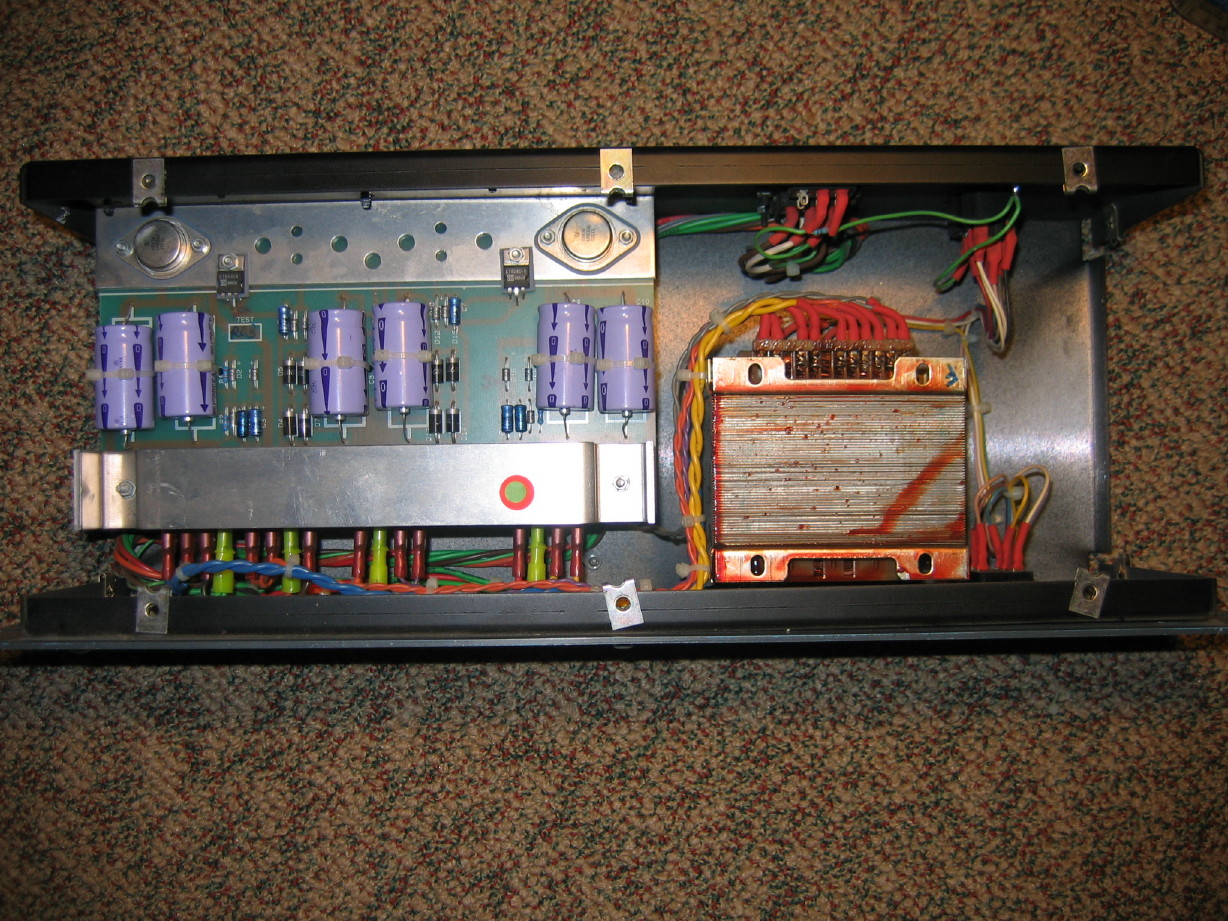sweetbeats
Reel deep thoughts...
I want to recap the PSU for my Soundtracs MX mixer. There are 3 sets of filter caps in the PSU, all 3300uF/35V caps, and all axial termination. Hard to find anything in those specs in axial for a reasonable cost and nigh impossible in anything larger if I want to find it in stock anywhere. There is PLENTY of space, so I'd like to increase the value. The pads are about 2 1/8" apart. Any caveats for just getting radials and spreading the leads apart? No other traces or pads on that side of the PCB so I'm not nervous with lengths of unprotected leads...I was going to adhere the caps to the PCB with RTV and call it good. Any comments or suggestions are most welcome.


